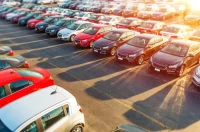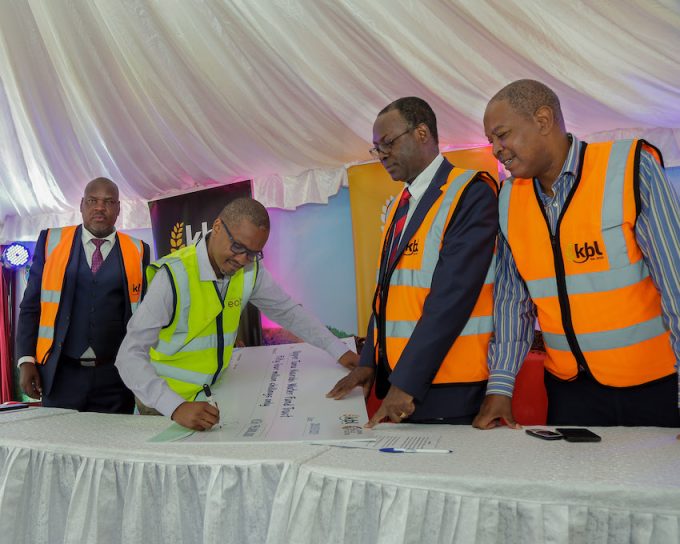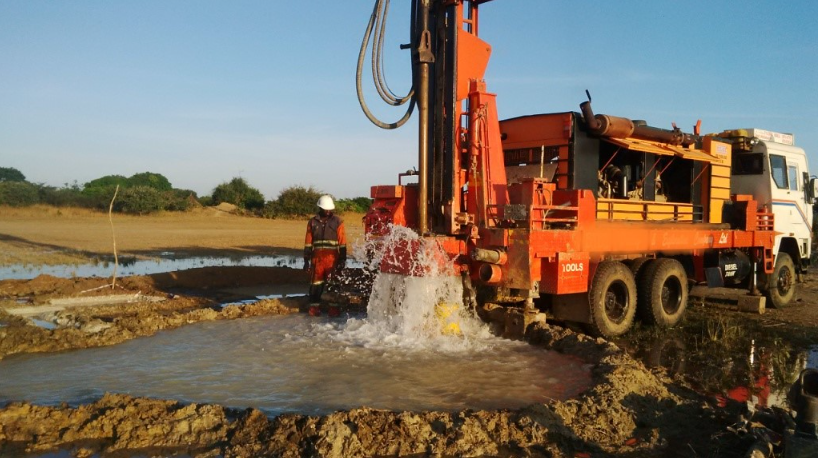In Kenya, approximately 27 percent of the population have access to clean water and sanitation. This implies that about 30 million Kenyans cannot access clean water and are using unsafe sanitation methods such as rudimentary types of latrines. Further, almost six million Kenyans are still defecating in the open in the 21st century.
This translates to the country not achieving the Social Development Goal (SDG) goal 6 on clean water and sanitation.
After the 2010 Constitution devolved the water and sanitation functions, county administrations have been facing challenges due to rapid urban growth.
The Water and Sanitation for the Urban Poor (WSUP) organisation is among non-commercial private entities that work with county governments to tackle the crisis in water and sanitation in six utilities in the country.
According to WSUP country programme manager Kariuki Mugo, the devolved units have been unable to resolve the water and sanitation challenges due to factors such as financing, lack of skills, deprived water sources and water scarcity.
“Water and sanitation are basic human rights and the attitude and awareness of governance should realise that water utilities need support, they are struggling financially, with skills and they need to be given good oversight supportive governance,” Mr Kariuki told Business Today.
{ Read: 5 myths sabotaging quest for affordable access to clean water }
WSUP-Kenya in conjunction with public institutions and private entities has improved the sanitation of about half a million people, 1.52 million people have access to upgraded water services while 652 locals have received hygiene training.
Mr Kariuki notes that they provide people with water directly or people who source the commodity to improve their services.
“In our current business plan 2016-2020 we want to serve 1.2 million people indirectly, about 600,000 people directly in the country. In the last business business cycle we reached about 300,000 people directly,” adds Mr Kariuki.
However, water as a basic commodity comes with a cost. Mr Kariuki explains that the economy of water has production costs and thus the attitude that water should be free is unrealistic.
In its latest policy brief, WSUP states that water should be supplied free is a myth that should be busted as it would lead to the collapse of water systems globally.
“For water to get captured, made safe to drink and delivered to people’s homes, a system needs to be in place – and that system needs investment. If the institution managing that system is not able to charge users, then in all likelihood, they will not prioritise delivering a good service,” wrote WSUP.
{ See Also: Firm roots for adoption of technology to curb water leaks }
“The attitude that people need free water is not realistic. There’s a huge cost in investing in infrastructure and maintaining them. You cannot give free water and shoulder that burden to those who already have coverage of infrastructure whereas we don’t even have the resources to invest for those who don’t have the infrastructure. It is misplaced attitude. Water is never free, it should not be free,” added Mr Mugo.
Developing the water, sewer and drainage systems is the solution to the challenges of water and sanitation especially in the urban poor segment.
As a result, people will have adequate access to safe water and improved sanitation thus achieving better health and well being for the population. These services facilitate prevention of waterborne diseases which in turn may reduce mortality rates and health expenditure.
However, in order to achieve this, the counties’ leadership and water companies boards need to work together in providing these important services.
Adequate availability of water is also critical for sustainable economic growth and reduction of poverty – currently estimated at 38.3 percent of Kenya’s population – as water supports key economic activities in the Big Four Agenda and Vision 2030 such as agricultural and manufacturing.
Sanitation is still a problem in many schools as the county governments have left the responsibility of this provision to the ministry of Education alone.
{Read: Health scare as sewage seeps into water pipes in Nairobi city centre }
“The water and sewer systems are to be introduced at the same time. When you bring in water, you need to have an outlet for the waste water. Where there’s no sewer system you will find it flowing to open trench . The solution is to develop the water, sewer and drainage system,” says Mr Kariuki.
Few years ago, WSUP was able to run a big campaign on washing hands with soap in many schools across the country. The impact on the awareness of sanitation was felt across the country as the children took the lessons back home.
But lack of support from the government led to the end of the campaign.
WSUP is trying to lower the cost of sewer by working with a number of utilities to bring sewer design standards, lower them.












![From Left: Josien Slujjs MD Aqua for All, Ms Caroline Mulwa Africa Regional Director Oikocredit and Mr Chege Thumbi Sidian Bank CEO during the signing ceremony at Sarova Panafric Hotel in Nairobi. [Photo/Courtesy]](https://businesstoday.co.ke/wp-content/uploads/2024/06/Wash-Loans.png)
Leave a comment